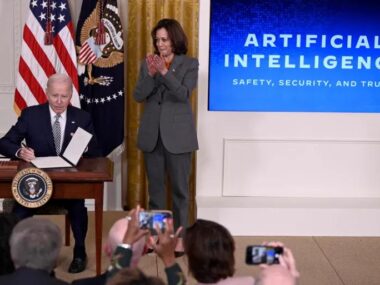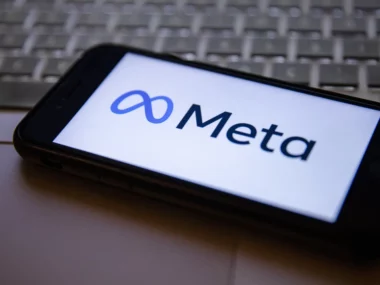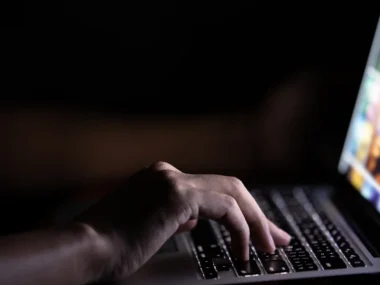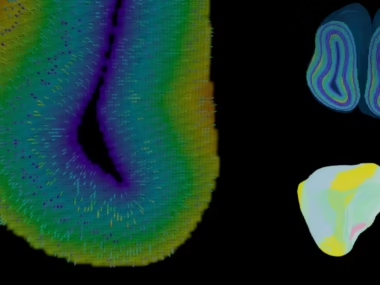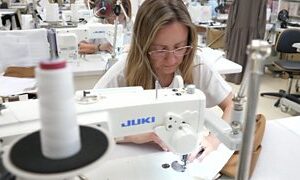A Nashville school district spent around $1 million on AI-based gun detection software, raising questions about its failure to identify a school shooter.
On January 22, 17-year-old Solomon Henderson opened fire at Antioch High School, killing one classmate and injuring another before turning the gun on himself. The gun detection system, deployed across the district in February 2024, failed to detect Henderson’s weapon because he was too far from the surveillance cameras needed to trigger an alarm. According to district officials, the system’s CEO claimed the gun wasn’t visible, making it undetectable.
The Omnilert gun detection system, designed to detect potential gun threats before shots are fired, was intended to enhance school security and allow law enforcement to respond faster. However, it’s only one component of a broader security approach.
The software, though newly implemented, is not infallible. CEO Dave Fraser acknowledged its limitations, offering condolences to the affected school and community. Despite the technology’s deployment, experts on gun safety and surveillance argue that there’s no solid evidence to show that such systems effectively prevent school shootings.
Here’s an overview of how the technology works, what experts believe went wrong, and whether prevention is achievable.
How does the technology work?
As the ongoing threat of mass shootings continues, school districts across the U.S. have poured significant funds into safety measures designed to keep potential shooters out, a crime prevention strategy known as target hardening.
Gun detection software, such as Omnilert, is the latest tool in this effort, according to Chad Marlow, senior policy counsel at the American Civil Liberties Union, who specializes in privacy and school surveillance issues.
“There’s no intervention guaranteed to prevent a school shooting. If there were, we’d all be using it,” Marlow told CNN. “But some might have a positive effect.”
At most schools, surveillance cameras are used to monitor potential threats, noted Fraser. While useful, these cameras typically only serve to analyze incidents after they’ve occurred, helping to piece together what happened.
In contrast, the AI in Omnilert’s Gun Detect software is designed to actively monitor surveillance footage for weapons in real-time. Fraser explained to CNN via email that the system operates 24/7, with cameras being constantly observed by AI. When asked how many school districts are using the product, the company did not respond.
“If a gun becomes visible, it’s detected in less than a second. The detection information – including a picture, a short video, the location of the camera, and the building – is sent to a human for verification of the threat,” Fraser said.
Typically, the technology triggers an emergency response within 20 seconds of detecting a weapon, Fraser added. The goal is to ensure authorities arrive before shots are fired.
“At the very least, it provides actionable information for staff and law enforcement, including the exact location of the assailant,” Fraser noted.
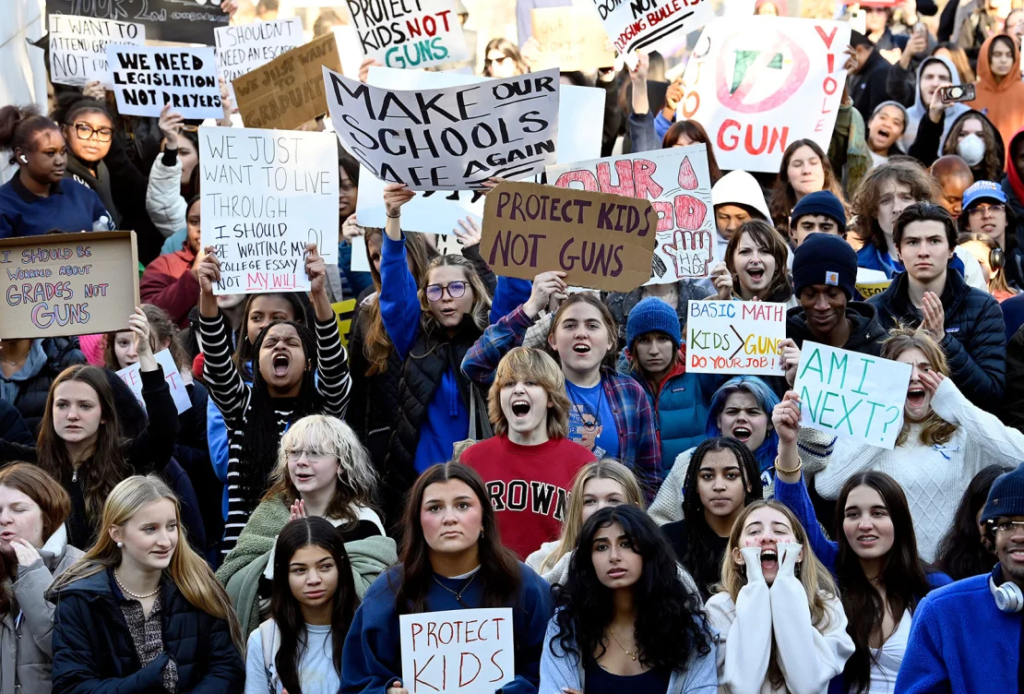
Students protest during a “Rally For Antioch” at the Tennessee State Capitol on January 27, following a shooting at Antioch High School near Nashville, Tennessee.
What went wrong at Antioch
For the AI technology to function, the cameras must have a clear view of the gun—it cannot be concealed.
Metro Nashville Public Schools approved a two-year contract with Omnilert in March 2023, according to spokesperson Sean Braisted. Just weeks later, a shooting at The Covenant School, a private Christian school in Nashville about 10 miles from Antioch, left six people dead.
In situations like The Covenant School shooting and others where the intruder enters from outside or walks through the halls with a visible weapon, Braisted noted that Omnilert’s technology “would have been activated and improved police or administrative response.”
However, in the Antioch shooting, it appears Henderson did not brandish the weapon long enough for Omnilert to detect it. “Based on the shooter’s position and location relative to our cameras, the system was not activated by his weapon,” Braisted explained in an email to CNN.
Although the gun was not visible to the cameras, Fraser emphasized that the system did not malfunction.
“This is not an issue of malfunction despite attempts to discredit the system or create controversy,” Fraser said in an emailed statement. He added that to detect a gun, the camera must be able to “see” the weapon, which in this case, it could not.
Is prevention possible?
AI gun-detecting technologies like Omnilert, according to Marlow from the ACLU, have “zero chance of actually preventing a school shooting.”
“It fails from a technological standpoint because it’s very inaccurate in identifying weapons, and it fails practically because, even if it worked perfectly, it has almost no chance of getting someone to intervene before a tragedy occurs. That’s the big fraud at play here,” Marlow told CNN.
Omnilert’s CEO responded to the fraud claims, calling them “counterproductive to the mission at hand, which is the protection of our most precious resource: the life of our children.” Marlow, however, argues that the main flaw with the technology is its inability to detect a concealed gun. Shooters often hide weapons in backpacks or jackets, he explained.
“The only time that weapon is visible to a camera is when the person decides to take it out from where it’s concealed,” Marlow said. “In most cases, that’s done right before it’s used.”
False positives are also a concern, Marlow added, noting that such systems have been known to misidentify objects like broomsticks as rifles and rulers as knives.
Omnilert’s CEO maintains the system’s effectiveness, stating, “Like any system, it is not perfect, and has never claimed to be. It’s also not a singular solution to the challenge of gun violence.”
Marc Zimmerman, codirector of the Institute for Firearm Injury Prevention at the University of Michigan, explained that if a technology can detect a gun before it’s brought into a school, it might seem like a logical choice for school districts, provided it’s affordable and practical. “I mean, why not? Why not use them if they’re not too expensive and they can be applied?” he said.
There isn’t one solution
Unlike school shooting prevention measures supported by data, such as mental health counseling, there is no proven evidence that gun detection software is effective in preventing school shootings, as the technology is still too new, according to Marlow and Zimmerman. Given the lack of concrete evidence, Zimmerman suggests that school districts should focus on a variety of prevention measures, rather than relying on a single solution to keep a gunman outside the school.
“I would argue that if you’re at that point where you’re preventing a gun from coming into school, you’ve already lost. You’ve already lost that child,” Zimmerman stated.
Fraser agrees that multiple layers of protection are necessary for proper school safety. “We always recommend using it as part of a layered system, which may include human beings, metal detectors, and other technologies,” Fraser said in a statement to CNN. The decision on how schools are protected is often made by individual school boards or, in some cases, parents.
In recent years, some school districts have invested in emergency windows for easy exits during shootings. For instance, in Georgia, a panic button system, implemented just before the September 4 shooting at Apalachee High School, allowed law enforcement to be notified of the incident almost instantly.

Scanners from the security firm Evolv Technologies are seen at the main entrance of Antioch High School in Antioch, Tennessee.
In response to the shooting in Antioch, Nashville school district director Adrienne Battle stated that the district will enhance its security measures.
“As we’ve seen a heightened concern regarding safety and security in our schools, both from external and internal threats, we are continuing to research and study the most evolving technologies to help us improve safety and security within our schools,” Battle said after the shooting.
Several safety measures are already in place in the district’s schools, including shatter-resistant film or security vestibules at school entrances to prevent unauthorized access, according to Braisted, who could not comment on the specific security features at Antioch High School.
This week, the district began installing scanners at the school, similar to metal detectors, which use AI technology and advanced sensors to detect weapons as students enter, Braisted told CNN in an email on Friday.
However, the developer of the “cutting-edge” system, Evolv Technologies, has been criticized for overpromising some of its safety features. In 2024, the company settled a lawsuit with the Federal Trade Commission (FTC), which accused Evolv of making “false claims,” including the system’s ability to detect all weapons and outperform traditional metal detectors, according to the FTC’s news release last year.
Zimmerman also emphasized the importance of parents properly securing their weapons to prevent children from using them to harm others.
“We need to think about this more broadly,” Zimmerman said. “There are multiple things we need to do.”


